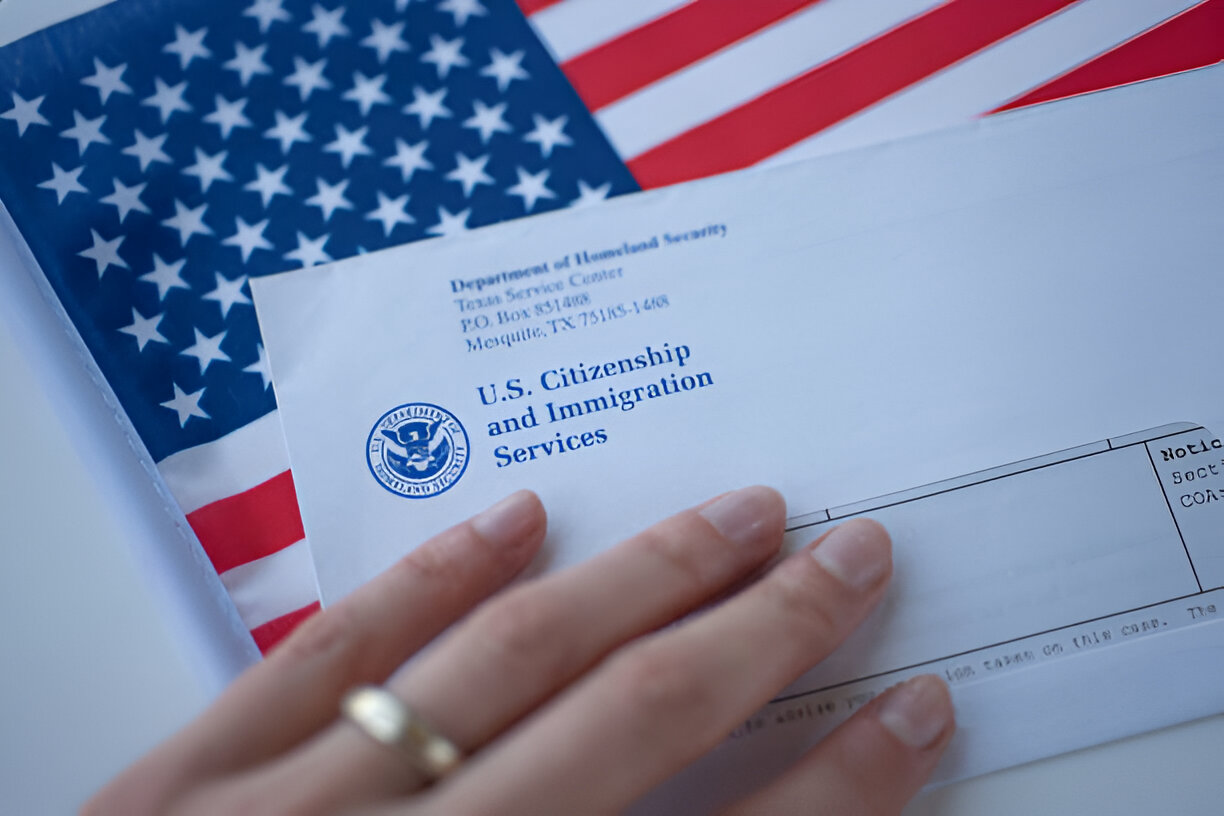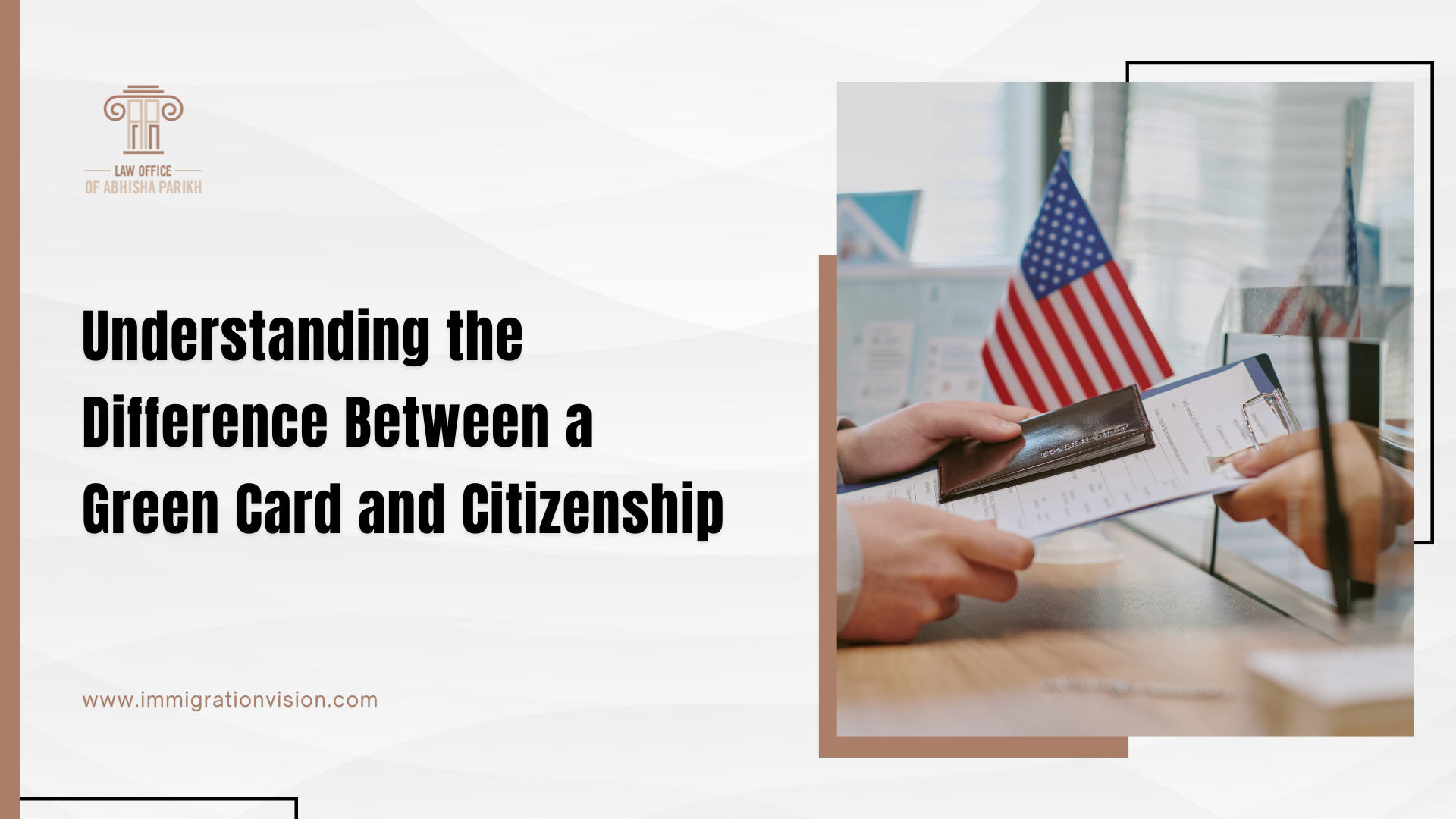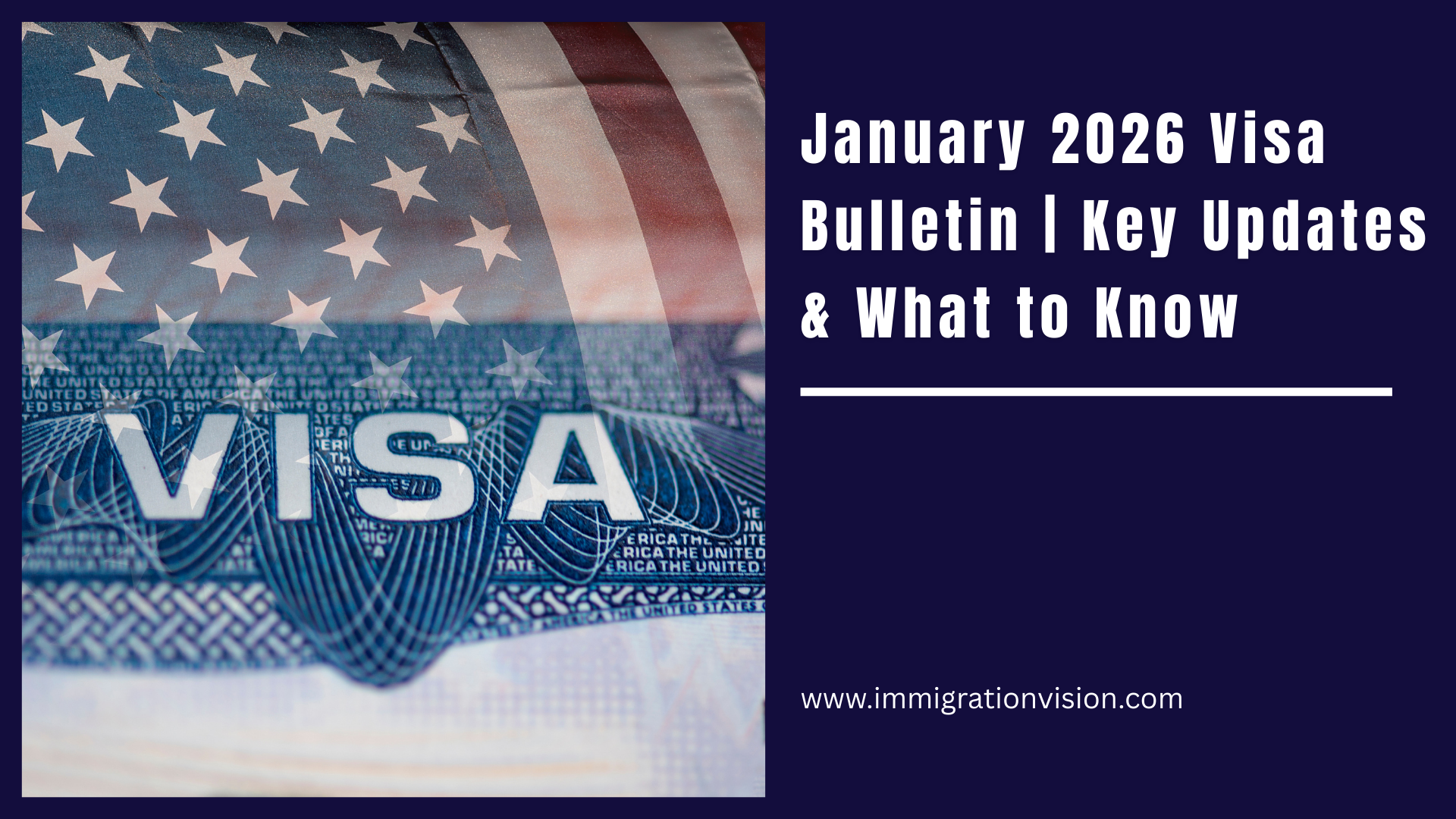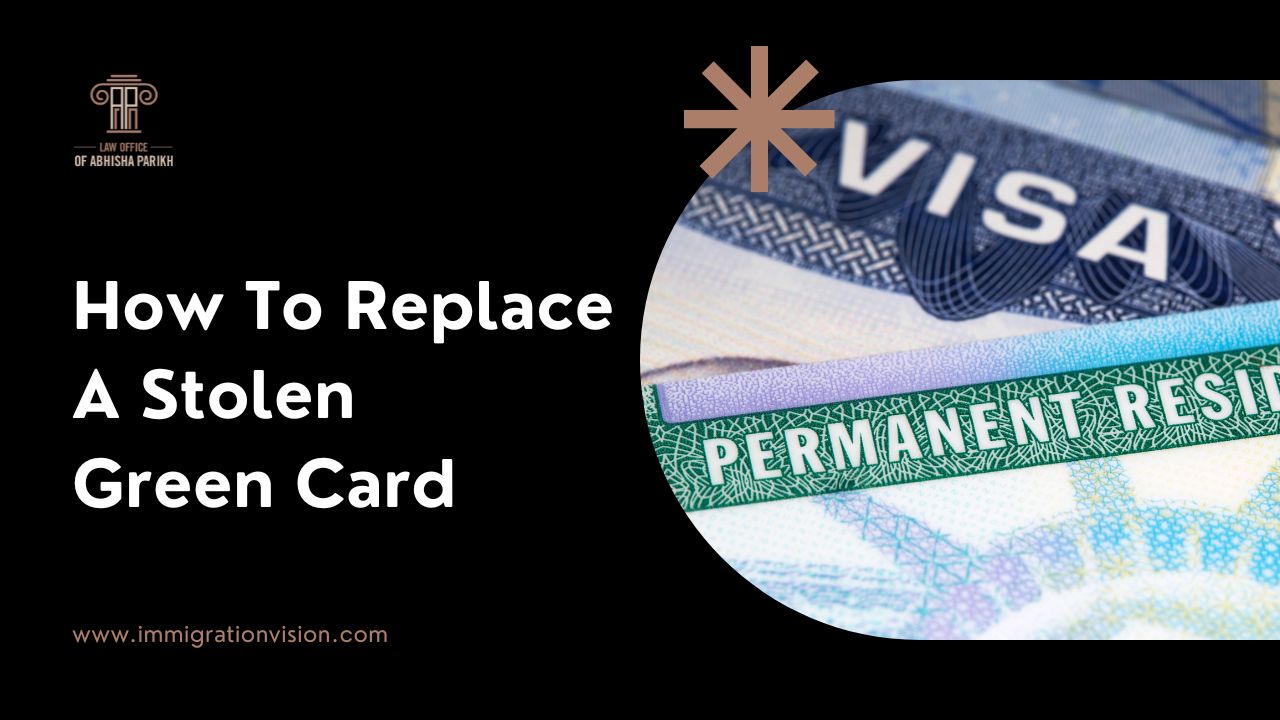Obtaining a green card through marriage is a significant pathway for foreign individuals looking to become a permanent resident in the United States. If you are married to a U.S. citizen or a lawful permanent resident (LPR), the process can open the door to your new life in the U.S., where you can live, work, and enjoy the benefits of permanent residence.
Marriage-based immigration is filled with nuances and complexities that can be challenging to navigate, but with the right information and guidance, it is a very achievable goal. This comprehensive guide walks you through the detailed steps of gaining a green card through marriage, catering to immigrants and spouses of U.S. citizens who are on this important journey.
Understanding the Path to a Green Card Through Marriage
Before you start the process, it’s crucial to understand the pathway you will be walking. This involves the key requirements for both you and your spouse, as well as the types of green cards available and the specific process you must follow.
Key Requirements
To begin, the marital union must be legally recognized in the U.S., and it should be bona fide, meaning it wasn’t entered into for the sole purpose of getting immigration status. Both you and your spouse should be of legal age to marry, and you must not be inadmissible for various reasons, including criminal or immigration violations.
Types of Green Cards
There are two main categories for obtaining a green card through marriage.
Immediate Relative of a U.S. Citizen – This category has no numerical limits on the available visas.
Spouse of a Lawful Permanent Resident (LPR) – There’s a limited number of visas available each year.
The Process Overview
The spouse, whether U.S. citizen or LPR, must file an I-130 Petition for Alien Relative with the U.S. Citizenship and Immigration Services (USCIS). Upon approval of the petition, you will proceed with either an Adjustment of Status (if you are living in the U.S.) or Consular Processing (if you are living abroad).
Filing the I-130 Petition
Filing the I-130 petition is the first step in the green card through the marriage process. This form establishes the relationship between the U.S. citizen or LPR sponsor and the foreign spouse.
Navigating the Forms
The I-130 petition can be daunting due to the extensive information required. You must provide detailed personal information for both you and your spouse, including previous marriage and divorce history, as well as a substantial amount of evidence to prove the legitimacy of your marriage.
Submitting Supporting Documents
Supporting documents are critical in establishing the bona fide nature of your marriage. These could include marriage certificates, joint financial records, and affidavits from friends and family attesting to the validity of your marital relationship.
Waiting for USCIS Approval
Once submitted, you must wait for USCIS to process your petition. Processing times can vary, but you can check the current processing times for your service center to get an estimation.
The Adjustment of Status or Consular Processing
After the I-130 petition is approved, you will undertake the next stage, which depends on whether you’re already in the U.S.
Adjustment of Status
If you’re currently living in the U.S., you will file Form I-485 (Application to Register Permanent Residence or Adjust Status). This process allows you to adjust your immigration status to a permanent resident without leaving the U.S.
Consular Processing
If you are residing outside the U.S., you will need to go through consular processing. This involves attending an immigration interview at a U.S. Embassy or Consulate in your home country.
Medical Examination and Biometrics
Before your interview or biometrics appointment, you will need to undergo a medical examination and vaccination record review by a doctor approved by USCIS.
Attending the Marriage-Based Green Card Interview
The green card interview is a crucial part of the process, as it allows USCIS to ensure the legitimacy of your marriage and your eligibility for a green card.
Preparing for the Interview
You must thoroughly prepare for the interview by reviewing your paperwork, ensuring you and your spouse can discuss the details of your relationship, and understanding what to expect during the interview process.
The Interview
During the interview, you and your spouse will be questioned about your relationship and marriage. The interviewing officer will be looking for consistency in your answers and evidence presented to support your case.
Approval and Next Steps
If your interview goes well, your green card will be approved, and you will receive it shortly after the interview if you’re adjusting your status. If you’re going through consular processing, you’ll enter the U.S. with an immigrant visa, and your green card will be mailed to you after you arrive.
Post-Approval Matters and What Happens Next
After the approval of your green card, there are important post-approval matters to address.
Conditional Residence (if applicable)
In some cases, you may be granted a two-year conditional residence. You and your spouse will have to file a joint petition to remove conditions during the 90 days before your conditional residence expires.
Understanding Your Rights and Responsibilities
It’s vital to understand what your green card entitles you to and the obligations you must fulfill, such as the residency requirement and staying out of legal trouble.
Applying for Citizenship
If you desire to become a U.S. citizen, you can do so after meeting the required residency periods and other eligibility criteria.
Common Challenges and How to Overcome Them
The process of obtaining a green card through marriage is not without its challenges. Here are some common ones and how you can address them.
Proving the Bona-fide Nature of Your Marriage
Documentation is key in proving the legitimacy of your marriage. Make sure you have a robust package of evidence to support your case.
Long Waits for Approval and Visa Numbers
If you’re the spouse of an LPR, you may encounter delays due to the limited number of visas available. Staying informed about visa bulletin updates is crucial.
Denials and RFEs (Request for Evidence)
If your petition is denied or you receive a request for additional evidence, it’s important to understand the reasons why and promptly address any deficiencies with a strong response.
Conclusion
The green card through the marriage process is a significant milestone for many foreign nationals. While it may seem daunting, with a deep understanding of the process, good preparation, and perseverance, you can overcome the obstacles and achieve permanent resident status in the United States.
Navigating this path may be complex, and at times it can be beneficial to seek legal counsel or the support of immigration forums and community resources. Remember, each step moves you closer to your goal of establishing a new life in the United States with your spouse.
If you have questions about your immigration status, book a consultation with our experienced immigration attorney for personalized assistance. We are here to assist you at every stage of the process.





